Basic Differences Between Matcha and Gyokuro
“Matcha and gyokuro are both known as premium teas, but how are they actually different?” Have you ever wondered about this? These two teas that symbolize Japanese tea culture share many commonalities from their vibrant green appearance to their taste, yet they have decisive differences.
Matcha is powdered tea leaves ground with a stone mill where you consume the tea leaves themselves, while gyokuro is an infusion tea where the leaves are steeped. This difference in production method greatly influences the flavor.
Comprehensive Comparison of Flavor Characteristics
Matcha Flavor:
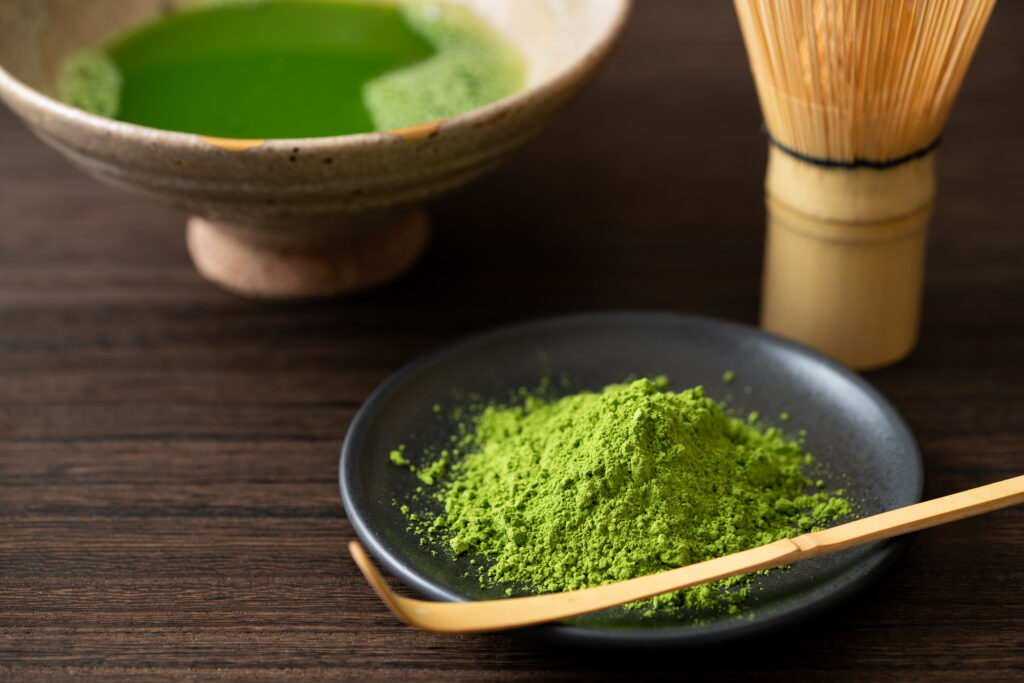
Matcha is characterized by a balance of “umami” and “astringency.” Higher quality matcha has stronger sweetness and umami, with a pleasant bitterness in the aftertaste. Being in powder form, its rich flavor that spreads throughout the entire tongue is appealing. Another significant characteristic of matcha is its distinctive “fragrance,” which includes a fresh grass scent along with a nori seaweed-like flavor.
Gyokuro Flavor:
On the other hand, gyokuro is considered the highest grade among Japanese teas. The tea leaves are grown in the shade for about three weeks before harvest, which decreases catechin (the astringent component) and increases theanine and amino acids (the umami components). Therefore, compared to matcha, it has less astringency and is characterized by prominent sweetness and umami.
According to a survey by the Ministry of Agriculture, Forestry and Fisheries, premium gyokuro contains about 1.5 times more theanine than matcha. This difference in components creates gyokuro’s distinctive “smoothness” and “sweetness.”
Differences in Color and Aroma
There are also visual differences between the two. Matcha is a vibrant green and in powder form, whereas gyokuro consists of needle-shaped tea leaves that produce a pale yellowish-green to green color when brewed (referred to as “suishoku” or water color).
In terms of aroma, matcha releases a stronger scent because the powder form has a larger surface area exposed to air. Meanwhile, gyokuro is characterized by a delicate and elegant sweet aroma, with a distinctive scent called “kabuse-ka” (covered aroma).
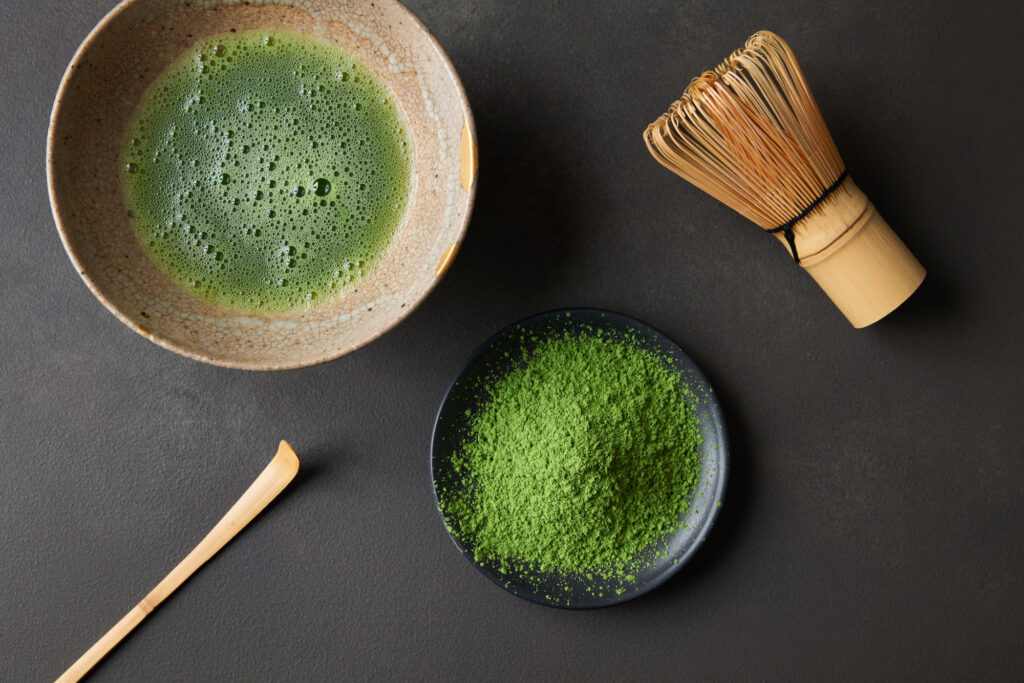
Understanding these flavor differences helps us see how to brew and enjoy each tea to maximize its appeal.
Basic Differences Between Matcha and Gyokuro – Premium Tea Characteristics from a Production Perspective
Flavor Differences Born from the Manufacturing Process
Matcha and gyokuro are known as Japanese premium teas, but there are decisive differences in their production methods. Matcha is tea leaves ground into powder with a stone mill, while gyokuro is leaf tea that is brewed by extracting the leaves in hot water. This fundamental difference in form greatly influences the flavor and usage.
What both have in common is the cultivation technique called “oishita saibai” (shade cultivation). For about three weeks before harvest, the tea plants are covered to block sunlight, which suppresses the production of catechins (astringent components) and increases theanine and amino acids (umami components). This process creates the sweetness and umami characteristic of premium teas.
Critical Processing Differences Between Matcha and Gyokuro
The processing after shade cultivation is a crucial point that distinguishes matcha and gyokuro.
Matcha Production:
- After steaming the tea leaves, they are dried to make “tencha”
- Stems and veins are removed from the leaves, which are then ground finely into powder with a stone mill
- It generally takes about an hour to make 1g of matcha
Gyokuro Production:
- After steaming the tea leaves, they are shaped into needle form through a process called “junen” (kneading)
- The shaped tea leaves are dried to complete the process
- During extraction, the components are carefully drawn out using low-temperature water (50-60°C)
According to research by the National Agriculture and Food Research Organization, matcha contains about 1.5 times more catechins compared to gyokuro, while gyokuro has about 1.2 times higher theanine content. This is due to the difference that matcha involves consuming the entire tea leaf, while gyokuro involves drinking only the extracted components.
Characteristics of Appearance and Texture
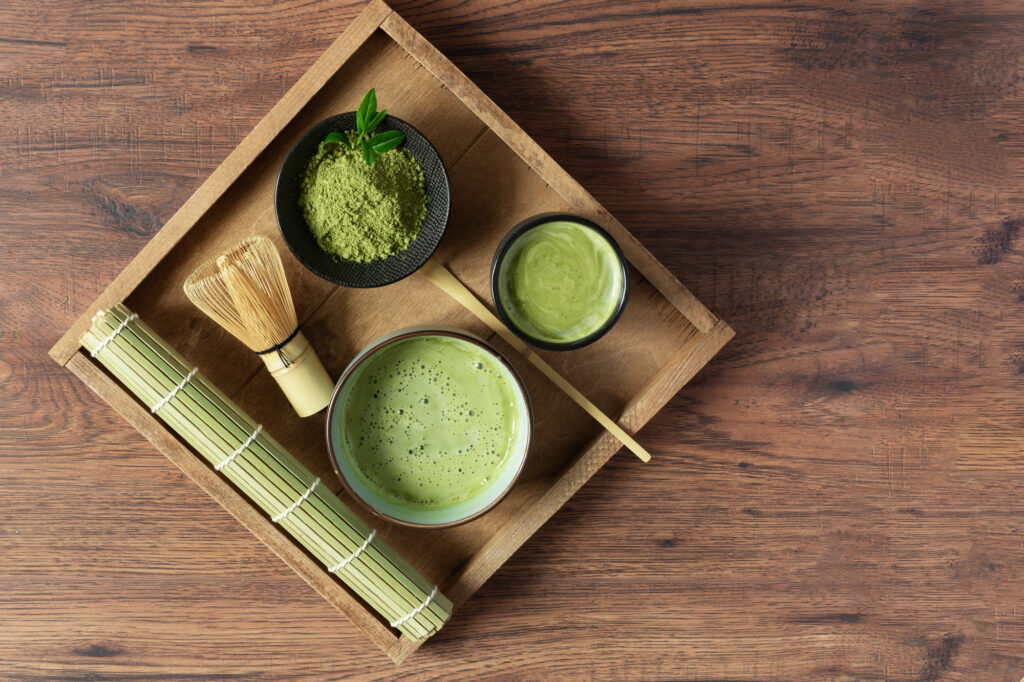
High-quality matcha is characterized by a vibrant green color with fine, uniform particles. On the other hand, gyokuro consists of dark green needle-shaped tea leaves that produce a transparent greenish-yellow color (suishoku) when brewed. According to reports from the Kyoto Prefectural Tea Research Institute, the particle size of quality matcha is about 5-10μm, and this fineness directly relates to its smooth texture and flavor spread.
Flavor Comparison – Characteristics of Aroma, Astringency, and Sweetness in Matcha and Gyokuro
Flavor Profiles of Matcha and Gyokuro
Despite being made from the same tea leaves, matcha and gyokuro have completely different flavor characteristics due to differences in their production methods and consumption styles. When comparing their flavors, these differences become even more apparent.
Matcha involves drinking the ground tea leaves as they are, meaning you consume all components of the leaves. This results in pronounced “umami” and “sweetness” characteristic of matcha, along with some “astringency” and “bitterness.” Higher-grade matcha tends to have stronger umami and less bitterness. The aroma has a fresh grassland-like quality, with a rich fragrance that spreads the moment you take it in your mouth.
On the other hand, gyokuro is slowly extracted using warm water around 60°C rather than hot water, resulting in moderate extraction of astringent components. As a result, gyokuro’s distinctive rich “sweetness” and “umami” come to the forefront, with a unique flavor reminiscent of nori seaweed. The aroma is more delicate than matcha, characterized by an elegant sweet scent.
Differences Felt in Tasting
When actually comparing matcha and gyokuro, you can feel the following differences:
- Sweetness: Gyokuro has a stronger natural sweetness, with sweetness particularly lingering in the aftertaste. Matcha is characterized by a balance of sweetness and umami.
- Astringency: Matcha may have slightly more astringency than gyokuro, but higher-grade matcha has reduced astringency.
- Umami: Both have strong umami, but gyokuro contains more theanine, a type of amino acid, giving it a richer umami.
- Body: Matcha has a more powerful body as you drink the powder. Gyokuro has a delicate and elegant body.
- Aftertaste: Matcha leaves a long-lasting aftertaste in the mouth, while gyokuro is impressive for its smooth throat feel and refreshing sensation.
According to a survey by Japanese tea instructors, when comparing matcha and gyokuro made from tea leaves from the same garden, about 1.5 times more catechins are extracted from matcha, while about 1.2 times more theanine is extracted from gyokuro. This scientifically supports the flavor differences between the two.
Both are highly valued as Japanese premium teas, but by using them differently according to preference and occasion, you can enjoy the depth of Japanese tea even more.
Differences in Nutritional Value and Health Effects – Benefits Seen from Catechin and Theanine Content
Catechin and Theanine Content in Matcha and Gyokuro
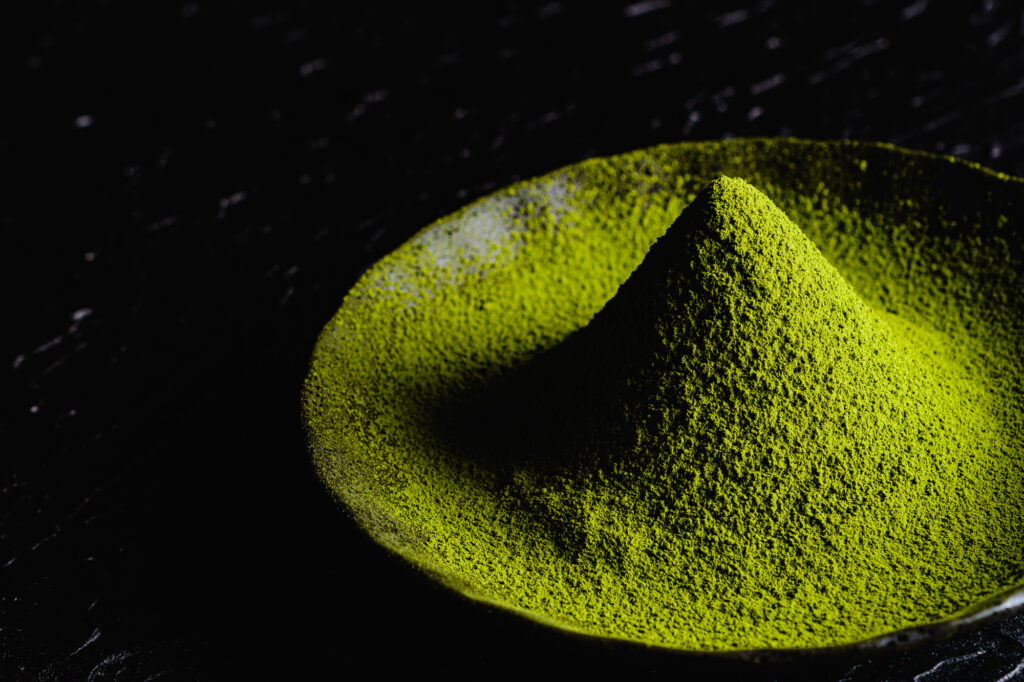
Matcha and gyokuro also have different characteristics in terms of nutritional value and health effects. Particularly noteworthy is the difference in catechin and L-theanine content.
The biggest feature of matcha is that you consume the entire tea leaf, allowing you to take in nutrients without waste. Generally, matcha has about 1.5-2 times higher catechin content compared to gyokuro. It is especially rich in a powerful antioxidant called EGCG (epigallocatechin gallate), with one cup of matcha (about 2g) containing about 60-70mg of EGCG.
On the other hand, gyokuro is made from tea leaves that have accumulated a lot of L-theanine through shade cultivation, characterized by about 1.2-1.5 times higher theanine content than matcha. L-theanine is an amino acid that provides relaxation effects, with one cup of gyokuro (about 3g) containing about 40-50mg of L-theanine.
Differences in Health Effects and Daily Usage
Due to these differences in component content, matcha and gyokuro also differ in the health effects that can be expected.
| Health Effect | Matcha | Gyokuro |
|---|---|---|
| Antioxidant Effect | ◎ (Very high) | ○ (High) |
| Relaxation Effect | ○ (High) | ◎ (Very high) |
| Metabolism Promotion | ◎ (Very high) | △ (Somewhat low) |
| Concentration Improvement | ○ (High) | ◎ (Very high) |
Due to its high catechin content, matcha is expected to promote metabolism and fat burning, making it recommended for consumption in the morning or before exercise. In a 2018 study, a group of subjects who consumed catechins from matcha for 12 weeks showed an average 1.9% decrease in body fat percentage compared to the control group.
On the other hand, due to its high L-theanine content, gyokuro is expected to provide both relaxation effects and improved concentration, making it ideal for afternoon work or evening relaxation. L-theanine increases alpha waves, which has the effect of calming the stimulating effects of caffeine while enhancing concentration.
In daily life, by using matcha and gyokuro according to your purpose, you can obtain health benefits that maximize the features of each premium tea.
Differences in Proper Brewing Methods and Ways to Enjoy Matcha and Gyokuro
Basic Differences in Brewing Methods for Matcha and Gyokuro
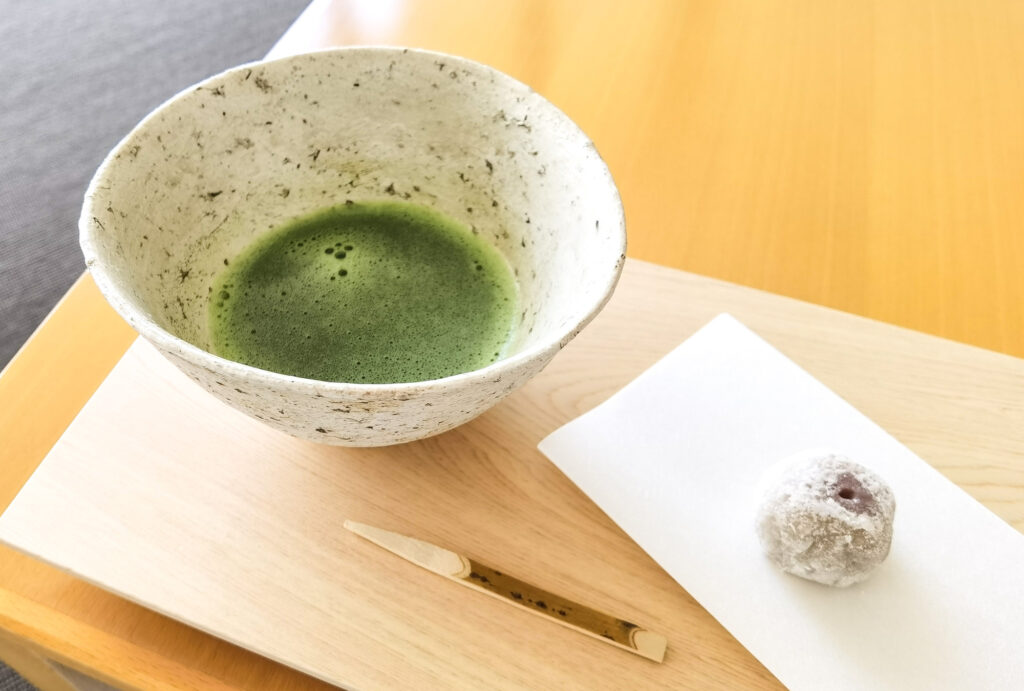
Despite both being premium teas, matcha and gyokuro have decisive differences in how they are enjoyed. The biggest difference is that matcha is consumed by dissolving the powder in hot water, while gyokuro is consumed by extracting the tea leaves in hot water. This characteristic greatly influences how each tea is brewed and enjoyed.
When preparing matcha, the powder is dissolved in hot water and whisked using a chasen (tea whisk). Water around 80°C is used, and the chasen is moved in W or M patterns to create fine bubbles. This frothing is an important element that enhances the flavor of matcha and makes the texture smooth.
On the other hand, brewing gyokuro is more delicate. The optimal extraction temperature is 50-60°C, lower than for matcha, and the components are carefully extracted at this low temperature. According to data from the Japanese Tea Research Institute, brewing gyokuro at a low temperature maximizes the extraction of umami components like theanine and amino acids, while suppressing the extraction of catechins, which cause astringency.
Differences in Tools and Etiquette
When enjoying matcha, specialized tools such as a tea bowl, tea whisk, tea scoop, whisk rest, and tea cloth are necessary. These tools are deeply rooted in tea ceremony etiquette, and matcha is prepared through a series of movements called “temae.”
For gyokuro, a teapot, cooling vessel, and tea cups are used. Particularly, using a small teapot specialized for gyokuro (gyokuro kyusu) allows for careful extraction of the tea leaves with a small amount of water. According to Ippodo Tea, a long-established tea shop in Kyoto, gyokuro is best extracted for 90 seconds for the first infusion and 60 seconds for the second, bringing out its deep umami to the fullest.
Expansion of Modern Ways to Enjoy
In recent years, both matcha and gyokuro are being enjoyed not only in traditional ways but also in various arrangements. Matcha is popular in Western arrangements such as lattes, sweets, and pancakes, taking advantage of its vibrant green color and strong flavor. In fact, posts with the hashtag “#matchasweets” exceed 1 million on Instagram, indicating its popularity in visual aspects as well.
Meanwhile, enjoying gyokuro as cold tea is becoming more widespread. Ice-brewed gyokuro has even more sweetness than the usual warm brewing method and is gaining attention as a luxurious summer drink. Utilization of gyokuro’s umami in cooking is also advancing, with high-end Japanese restaurants using gyokuro as a broth or seasoning.
By understanding the characteristics of matcha and gyokuro and brewing them appropriately, you can fully savor the essence of these premium Japanese teas.
ピックアップ記事
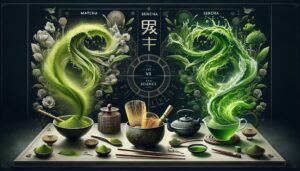
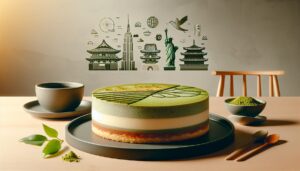
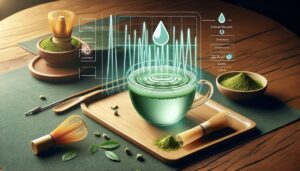
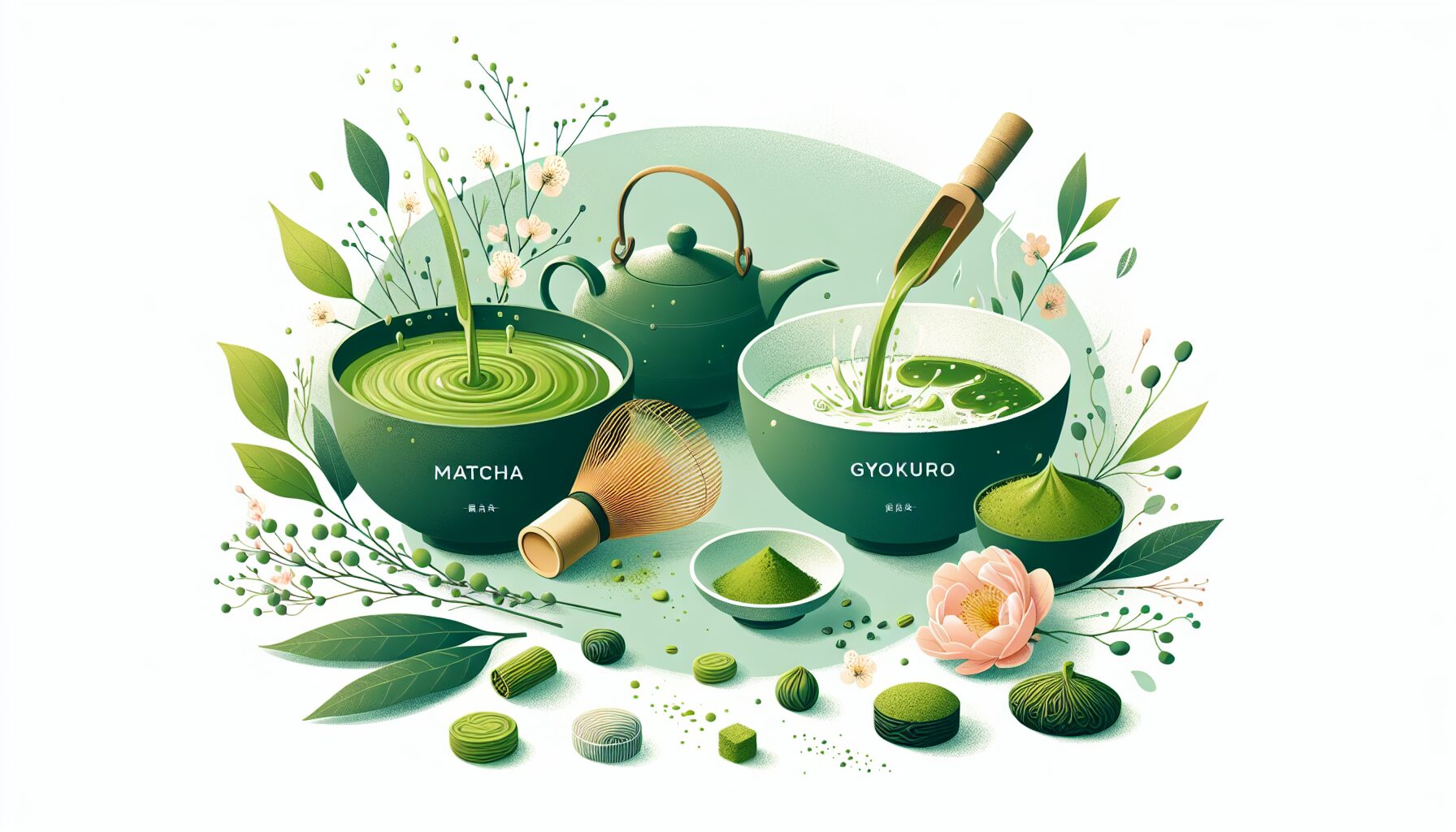

Comments